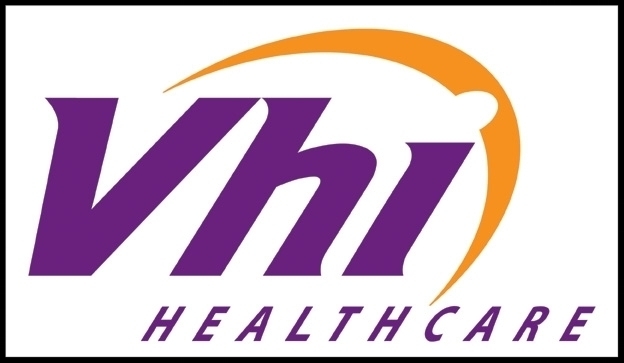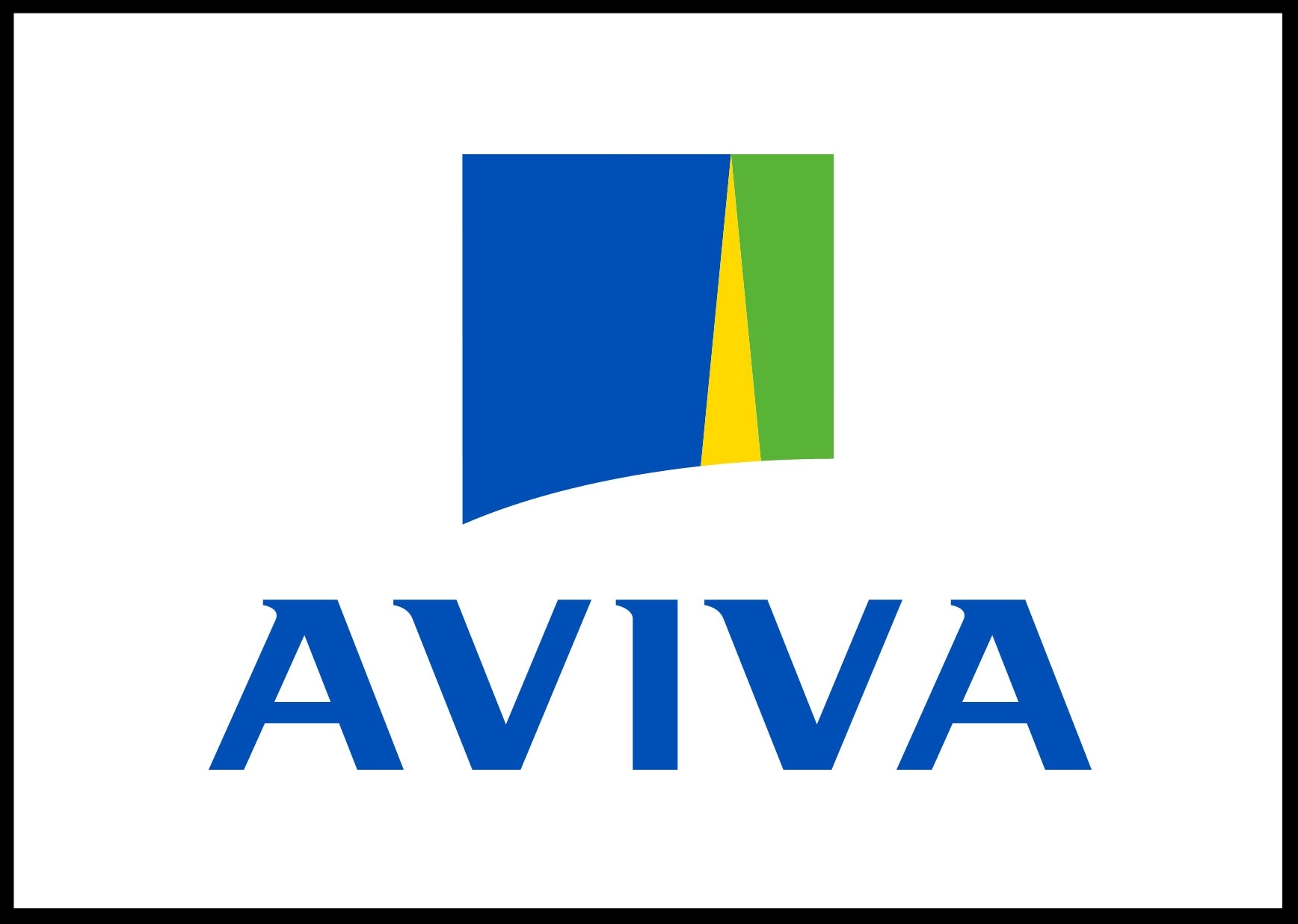Headaches can be notoriously difficult to find a root cause for. Some headaches come from structures in the neck, which can be relatively easy to test for. In many cases, treatment can be quite straight forward too.
Identifying Cervicogenic Headaches
Cervicogenic just means “from the neck”. Symptoms can be quite similar to tension-type headaches (TTHs), for which treatment is different. The main difference between the two is that TTHs are considered “primary headaches”. This means that they are not caused by another condition. Cervicogenic headaches can be diagnosed whenever a headache can be attributed to a known issue in the neck, either by clinical diagnosis or imaging. Alternatively, they can be diagnosed if two of the following points are true:
A headache develops alongside the development of a neck problem
The headache improves or resolves when the neck problem does the same
Neck movement is limited, and some movements aggravate the headache
Diagnostic blocks (such as nerve blocks) effectively remove headache symptoms
Symptoms can be anywhere in the red area illustrated. Despite covering the eye, they will not cause visual disturbances. Dizziness and nausea are not typical symptoms either. Headaches with these additional symptoms may indicate migraine, for which we may still be able to help. Pain may feel like it radiates up from the neck and over the top or side of the head. If the cause is a tight muscle in the neck, you might find that a warm compress on the neck, or resting the head help. For other causes, a cool compress may be more beneficial. Your osteopath can advise the more appropriate for you.
Tension Type Headaches
TTHs have the following symptoms:
They cause pain on both sides of the head
The pain can be described as pressing, or tightening, but not pulsating
Intensity of the pain is mild to moderate
Typical physical activity, like walking or going up stairs, does not aggravate symptoms
There can be a lot of variation between TTHs, and a single headache can last anywhere from 30 minutes to over a week. In contrast, cervicogenic headaches usually last less than a day, but may be frequent.
Managing Cervicogenic Headaches
Osteopaths are qualified to help with these kinds of headache. We will assess the neck, and usually the upper back too, to determine what structures may be having an effect. Often the muscles and joints of the neck are overworked by restricted areas further down the spine. This can be particularly evident with underlying conditions like osteoarthritis. When arthritis affects the hips, it can encourage you into a forward posture, for which the neck has to compensate. In cases like these, we might find that improving hip and lower back function takes the stress off the neck, and improves the headaches.
Whatever the underlying cause, or causes of your headaches, your osteopath will work to identify as many as possible. Treatment is gentle and drug free, using massage, stretching, and joint manipulation techniques to improve function throughout the body. We aim to take the burden off the overworked areas and get your whole body moving more comfortably and efficiently.
Click here to make an appointment in Naas for your headaches






